1. An Octopus Has Three Hearts and Its Blood Is Blue
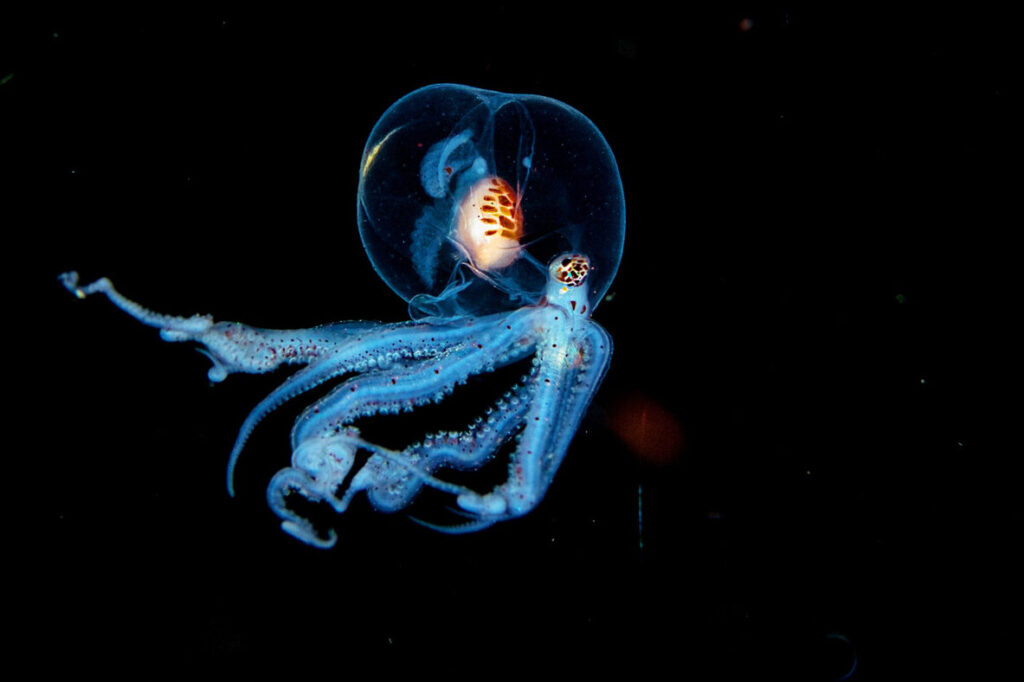
The octopus already feels like an alien on Earth, with eight flexible arms, no bones, and a brain that extends into its limbs. But the surprises don’t stop there. This animal has three hearts: two pump blood through the gills, while the third pushes it through the rest of the body. Even weirder, its blood is blue due to a copper-rich protein called hemocyanin, which works better than hemoglobin in the cold, oxygen-poor environments of the deep sea. And here’s the kicker: when an octopus swims, its central heart shuts down temporarily. It’s part of the reason octopuses prefer to crawl; they overwork their own heart when gliding through the water.
In captivity, octopuses have displayed levels of intelligence that rival dogs and primates. They’ve been caught escaping tanks, recognizing individual humans, and solving puzzles with unexpected finesse. One octopus famously unscrewed a childproof jar from the inside to get out. Another sprayed water at the overhead lights, it didn’t like. Scientists studying their neurology have found that more than half of their neurons are in their arms, allowing each limb to operate semi-independently. Their biology is so strange that researchers working with NASA have pointed to octopuses as a model for what alien life could look like. Source: Smithsonian Magazine
2. Immortal Jellyfish Can Essentially Live Forever
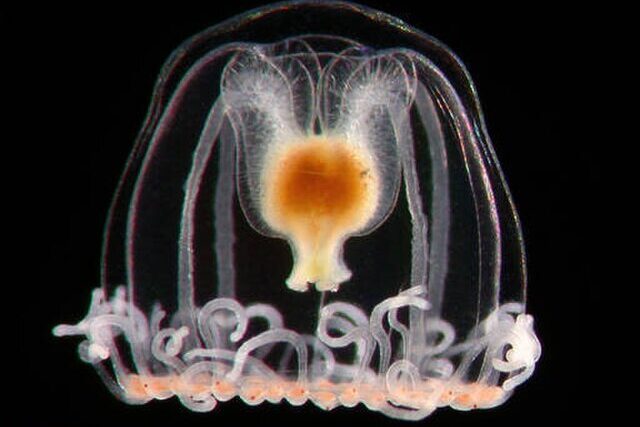
There’s a species of jellyfish that doesn’t just delay death, it resets life. Turritopsis dohrnii, sometimes called the immortal jellyfish, has an almost magical ability to reverse its aging process. When stressed by injury, starvation, or disease, this tiny jellyfish (less than a quarter inch across) transforms its adult body into a polyp, the earliest stage of its life. It then starts its life cycle all over again. This isn’t a one-time trick—it can do this repeatedly, making it one of the only creatures known to cheat death biologically.
While it can still be eaten or destroyed by outside forces, this jellyfish has fascinated scientists studying cellular regeneration and aging. It doesn’t rely on stem cells or cloning; it simply reverts existing cells to an earlier function. Researchers believe understanding how it resets its life cycle could eventually unlock new approaches to treating degenerative diseases or reversing human tissue damage. Until then, this almost invisible creature continues floating along in oceans worldwide, quietly breaking the rules of mortality. Source: Science Alert
3. Platypuses Glow Under UV Light

As if the platypus weren’t odd enough, part duck, part beaver, and part venomous ankle spur also glows in the dark. In 2020, researchers discovered that platypuses fluoresce under ultraviolet light. When UV rays hit their fur, it emits a surreal greenish-blue glow. This phenomenon was first observed in a preserved museum specimen, but later confirmed in living animals. The glow is invisible to the human eye under normal light, so it went unnoticed for so long.
No one knows why they glow, but scientists think it might help with camouflage or communication in the dim light of dawn and dusk, when platypuses are most active. Other mammals with UV-fluorescent fur include flying squirrels and some opossums, suggesting the trait might be more common in nocturnal animals than previously realized. The platypus remains one of nature’s great enigmas, part mammal, part mystery, and now part glow stick. Source: Science News
4. Wombat Poop Is Cube-Shaped
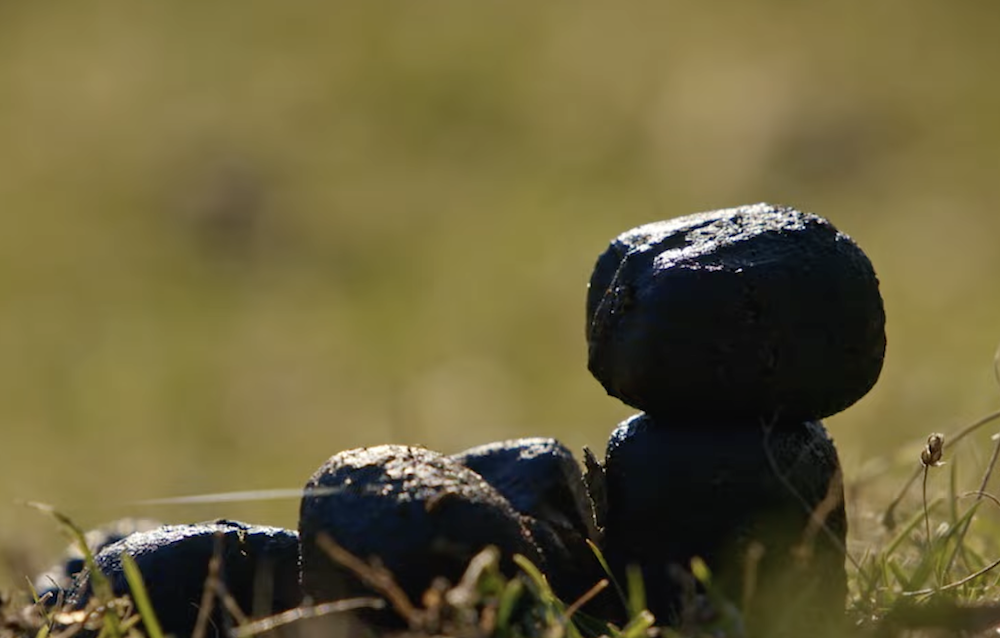
It sounds like a joke, but it’s very real wombats produce poop that comes out in perfect little cubes. Native to Australia, these chunky marsupials have highly specialized intestines that slowly compress waste over an extended digestion period, often lasting up to 14 days. By the time it exits the body, the feces has taken on a distinctly geometric shape, usually forming up to 100 cube-like pellets per night. Unlike most animals, the wombat’s colon isn’t uniformly flexible. Instead, it has regions that contract at different speeds, creating the corners necessary for forming angular droppings. And no, it doesn’t come out as a cube and then harden, it’s already a cube on the way out.
Even strangers are the reason why wombats evolved to do this. They use their poop to mark territory, often placing it on rocks and logs where it won’t roll away. The shape keeps it stable and visible to other wombats. Researchers studying this phenomenon have even recreated the intestinal mechanics using balloons and elastic materials to understand how the colon shapes waste into blocks. It’s the only known animal that produces cube-shaped feces, and the findings are so unique that engineers are studying wombat digestion for insights into industrial design and robotics. Source: BBC
5. Shrimp Can Punch So Fast It Boils Water
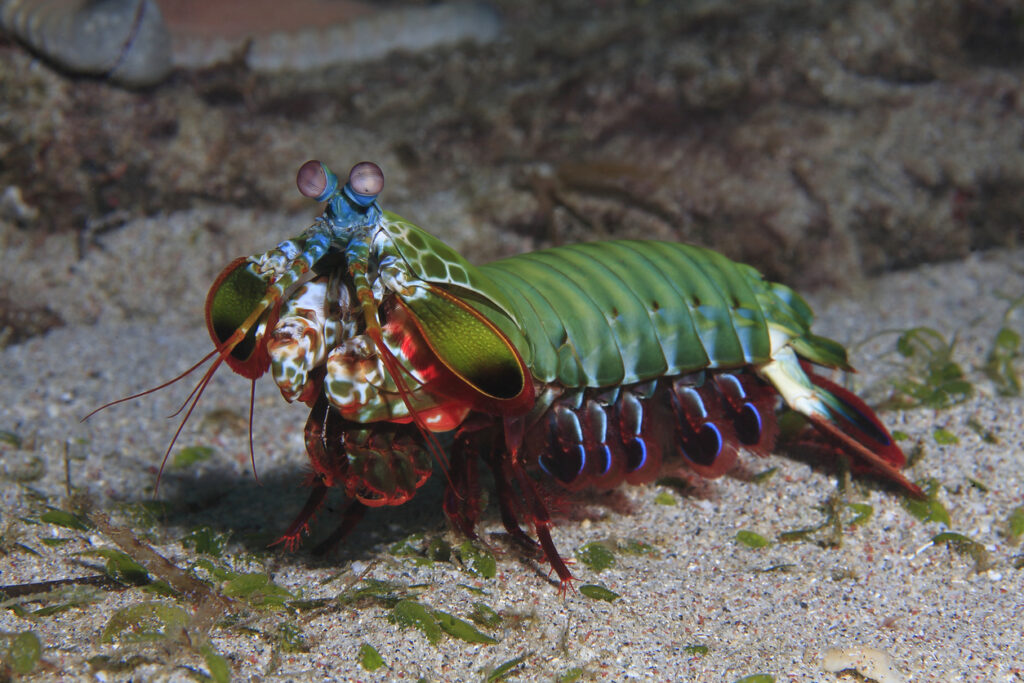
The mantis shrimp doesn’t just punch; it launches its claw with the speed of a bullet, smashing prey with a force so extreme that it causes water to boil. This marine crustacean, found in warm coastal regions like the Indo-Pacific and Caribbean, uses a specialized raptorial appendage to strike with 1,500 newtons of force. That’s over 50 times the shrimp’s body weight and fast enough, up to 50 miles per hour, to create a tiny bubble of superheated water. When that bubble collapses, it releases a flash of light, a shockwave, and temperatures comparable to the sun’s surface, all in a space smaller than a pinhead.
This phenomenon, known as cavitation, is rare in nature and even more astonishing in a creature barely longer than your hand. The mantis shrimp uses this explosive move to crack open snail shells, stun crabs, and even shatter aquarium glass. Divers in tropical waters have nicknamed them “thumb-splitters” for a reason. But the surprises don’t stop with its punch. Mantis shrimp also have the most complex eyes in the animal kingdom, with 16 types of photoreceptors that allow them to see polarized light and colors far beyond human vision. This tiny pugilist is one of the ocean’s most elite predators in both brainpower and brawn. Source: National Geographic
6. Frogs Can Be Frozen Solid—and Still Come Back to Life

Some frogs don’t just survive winter. They freeze solid, stop breathing, and come back to life in the spring. Wood frogs throughout Alaska, Canada, and the northern United States have evolved an extraordinary survival trick: when temperatures plummet, they allow their bodies to freeze. Their hearts stop beating. Their blood turns to ice. They appear completely dead. Yet once the thaw arrives, these frogs slowly reanimate, thawing from the inside out and hopping off as if nothing happened. It’s one of the most extreme examples of animal resilience known to science.
Here’s how it works: as freezing begins, the wood frog floods its bloodstream with glucose, which acts like antifreeze to protect vital organs and prevent cell rupture. Up to two-thirds of the water in its body turns to ice, but the frog survives because its organs are encased in protective sugars and remain dehydrated but intact. Studies show they can survive multiple freeze–thaw cycles in a single season, enduring internal temperatures as low as 17°F. Scientists are studying this process to better understand tissue preservation, organ transport, and even human hibernation possibilities. These frogs aren’t just survivors, they’re biological marvels with one foot in life and the other in suspended animation. Source: National Wildlife Federation
7. Male Seahorses Get Pregnant and Give Birth
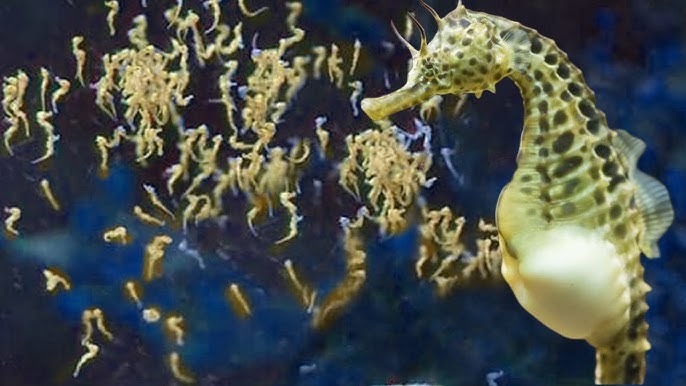
In the animal kingdom, pregnancy is almost always the female’s job, except for seahorses, where males carry the babies. Found in shallow tropical and temperate waters around the world, male seahorses have a brood pouch on their abdomen that functions like a womb. After an elaborate courtship dance that can last for days, the female deposits her eggs into the male’s pouch. He fertilizes them internally, then carries the developing embryos for 10 days to six weeks, depending on the species. He regulates the pouch’s salinity, temperature, and oxygen levels, much like a human placenta during this time.
When the babies are ready, the male goes into full-blown labor, often lasting several hours, and forcefully expels anywhere from a few dozen to over a thousand tiny seahorses into the sea. The birth can be so intense that the male’s body convulses as if he’s having contractions. Scientists believe this role reversal may help increase reproductive output and give females time to produce more eggs. It also allows both sexes to maximize their roles in reproduction, something rare in vertebrates. With their horse-shaped heads and kangaroo-style pouches, seahorses have one of the most unique family dynamics in nature, and it’s the dads who deserve the flowers. Source: Seacoast Science Center
8. A Gecko Can Hang From a Single Toe—Thanks to Invisible Hairs
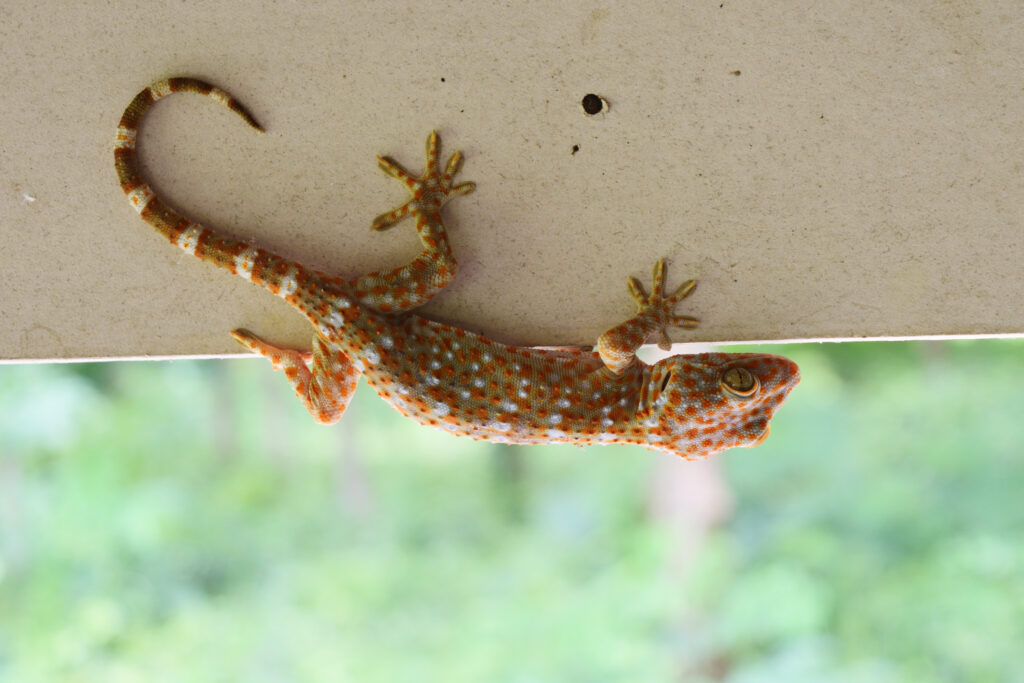
Geckos are gravity-defying acrobats, able to run up walls, hang from ceilings, and cling to glass without slipping. But the secret to their superpower isn’t suction or glue; it’s millions of microscopic hairs on their toes. Each gecko’s foot has tiny structures called setae, which branch into smaller spatula-shaped tips interacting with molecules on the surface below. These interactions use van der Waals forces, a weak attraction that works at the atomic level. It sounds like science fiction, but it’s real, and powerful enough that a gecko can dangle from a single toe using nothing but these hair-like pads.
What’s more, geckos can “unstick” instantly by curling and peeling their toes with lightning precision, allowing them to dart across ceilings or perform sharp, Spider-Man-like maneuvers. Engineers have studied this mechanism to create gecko-inspired adhesives that work without residue or chemicals. One prototype, tested by Stanford researchers, supported a 200-pound man climbing a glass wall with pads modeled after gecko feet. Despite decades of research, no synthetic material yet matches the efficiency and versatility of the gecko’s natural grip. These little lizards are proof that some of nature’s greatest tech isn’t loud or flashy, it’s microscopic, silent, and clinging upside-down above your head. Source: Live Science
9. Elephants Can Hear With Their Feet

Elephants don’t just listen with their massive ears; they also hear through the ground. These giant mammals can detect seismic signals, such as low-frequency rumbles or distant footfalls, using sensitive receptors in their feet and trunks. Vibrations travel through the earth and reach the elephant’s bones, which mechanoreceptors pick up and relay to the brain. Their feet have a fatty cushion that helps transmit these seismic signals, allowing elephants to “hear” communication from herds miles away or sense distant storms and human activity. It’s like having a built-in seismic radar.
This form of communication is so precise that African elephants have been observed responding to rumbles from other elephants up to six miles away. They’ve even been seen freezing in place and lifting one leg, believed to be a posture for better seismic reception. Researchers have used seismic recording equipment to study these vibrations and decode their patterns, revealing distinct signals for alarm, mating, and travel. This ground-based sense may have evolved to compensate for dense forests or vast open savannas, where sound doesn’t travel well through air alone. In a way, elephants are always tuned into a hidden frequency, one you’d never hear unless your ears were in your feet, too. Source: CBC
10. Sloths Can Hold Their Breath Longer Than Dolphins
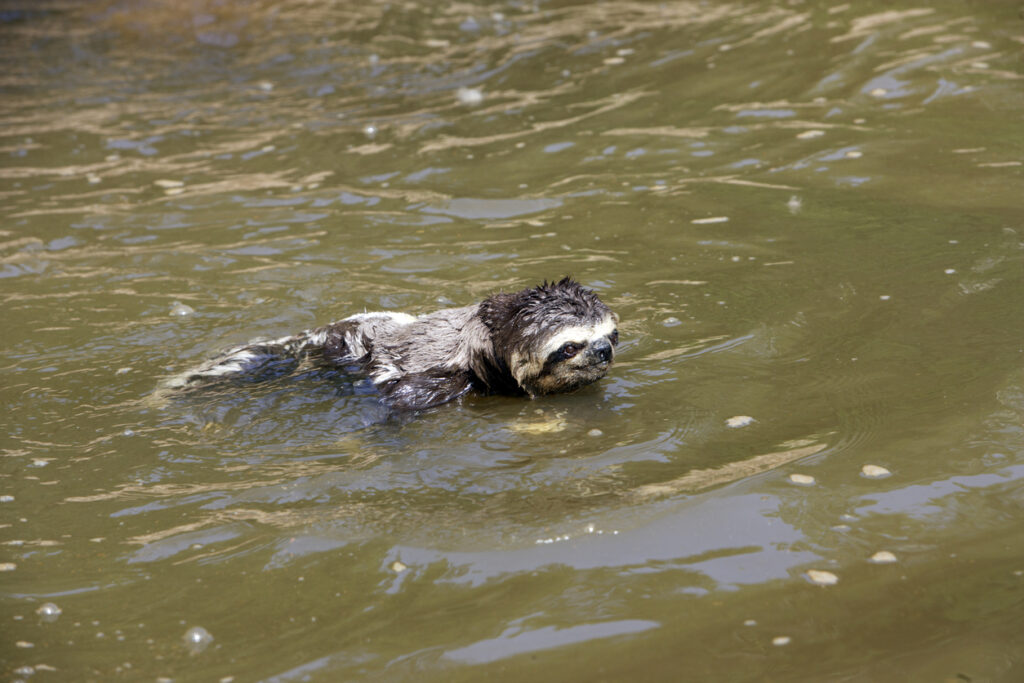
It might seem impossible that a slow-moving tree-dweller could outdo a dolphin when it comes to holding its breath, but sloths are full of surprises. While dolphins typically hold their breath for 10 to 15 minutes during dives, sloths can slow their heart rates to such an extreme degree that they can remain underwater for up to 40 minutes. When submerged, a sloth’s heart rate drops to about one-third of its normal pace, drastically reducing oxygen consumption. This helps them avoid predators like jaguars or eagles by hiding silently beneath the water’s surface for long periods.
Sloths are also surprisingly good swimmers. Though their movements on land are famously sluggish, they move more efficiently through water, paddling with a gentle breaststroke. They often cross rivers during the rainy season or use water to reach new feeding grounds. This ability to stay submerged so long not only aids in escape but also supports their slow metabolism and low-energy lifestyle. With their algae-covered fur, upside-down hangouts, and now this aquatic feat, sloths continue to prove they’re not just adorable, they’re masters of unexpected survival strategies. Source: BBC Earth
11. Pigeons Can Do Math—and May Even Understand Zero

Pigeons are often dismissed as feathered nuisances, but their brains are shockingly powerful. In lab experiments, pigeons have demonstrated the ability to count, categorize objects, and even understand abstract numerical concepts. One of the most surprising findings came from a study where pigeons were trained to order sets of images based on the number of objects shown. They didn’t just memorize patterns; they grasped the underlying quantities. Even more incredibly, pigeons have been shown to recognize the concept of zero, a mathematical milestone that stumps many nonhuman animals.
In comparative cognition studies, pigeons performed on par with monkeys in numerical ordering tasks. Scientists discovered they could distinguish between sequences like 1-2-3 or 3-2-1, even when the objects varied in shape and color. This suggests they were processing the actual numbers, not just visual cues. The ability to understand zero is considered a significant leap in cognitive development, as it requires grasping an abstract “nothingness.” Only a few species, including primates and parrots, have shown this ability. Yet the humble pigeon, pecking at crumbs in city parks, quietly joins their ranks as a birdbrain genius. Source: NBC News
12. Turtles Can Breathe Through Their Butts
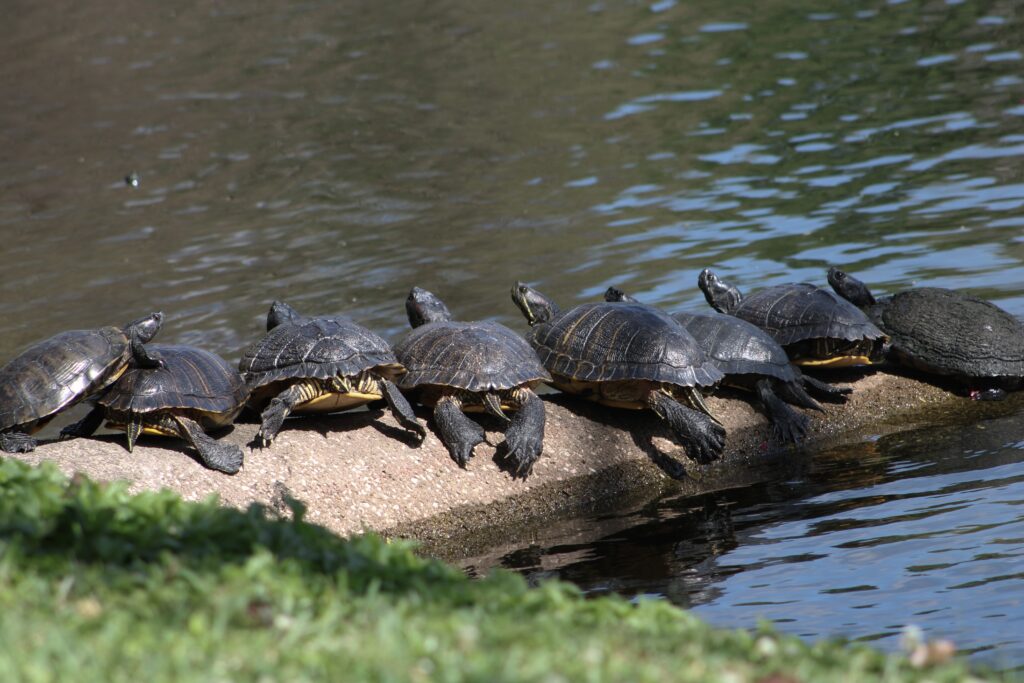
It sounds like the punchline to a joke, but it’s a real biological fact that specific turtles can breathe through their rear ends. Specifically, species like the Australian Fitzroy River turtle and the North American eastern painted turtle have evolved a method called cloacal respiration. During long dives or winter hibernation, when oxygen is scarce, these turtles absorb oxygen through their cloaca, a multi-purpose opening used for excretion, reproduction, and yes, respiration. The cloaca has blood-rich sacs called bursae that allow gas exchange directly with the surrounding water, turning their backside into gills.
This odd adaptation allows turtles to stay submerged for months in frigid or oxygen-poor waters without ever surfacing for air. The Fitzroy River turtle, sometimes nicknamed the “bum-breathing turtle,” can get up to 70 percent of its oxygen this way. It’s a critical survival strategy for species that overwinter under ice or in low-flow rivers. Scientists studying this trait also explore how extreme adaptations like cloacal breathing might influence evolutionary survival in changing environments. So while it may sound silly, it’s one of nature’s most ingenious workarounds for life underwater. Source: PBS
13. Kangaroos Can’t Walk Backwards
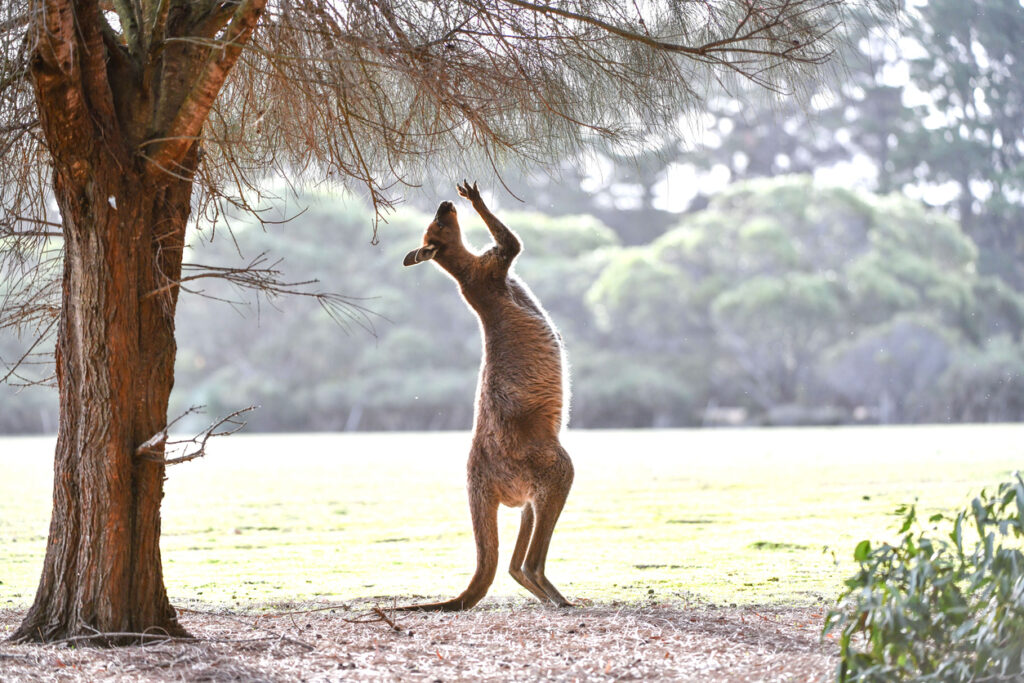
Kangaroos are built to bounce, not backpedal. These iconic Australian marsupials are physically incapable of walking in reverse due to the unique structure of their muscular tails and enormous hind legs. Their legs are so long and powerful and so close together that they physically interfere with each other if the animal tries to move backward. Meanwhile, the tail, which acts almost like a fifth leg during movement, prevents rearward shuffling. Unlike most mammals, kangaroos don’t alternate their legs when walking; they use a distinctive hopping motion that relies on elastic leg tendons and a forward-only propulsion system.
This limitation is so unique that it’s part of national symbolism. Along with the emu, another forward-only walker, the kangaroo was chosen as a symbol on the Australian coat of arms to represent progress and moving forward as a nation. But biologically, the no-reverse design has real evolutionary trade-offs. Kangaroos are lightning-quick when escaping danger, capable of reaching speeds up to 40 miles per hour, but if cornered in tight spaces, they’re clumsy and vulnerable. Still, with powerful kicks, sharp claws, and a body evolved for straight-line speed, the kangaroo rarely needs to retreat; it simply launches ahead. Source: Australia


